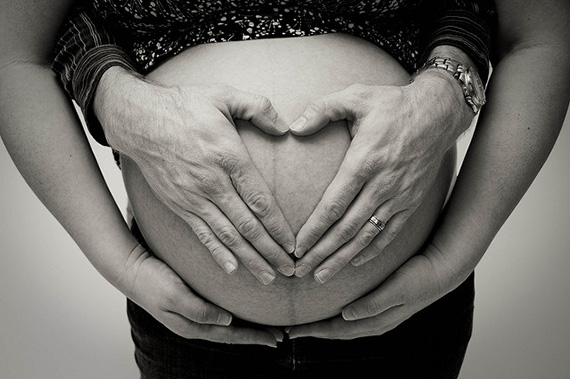
How can you prevent back pain during pregnancy?
Share
Many pregnant women experience lower back pain during pregnancy as their belly grows. The following tips can help you prevent low back pain.

What causes back pain during pregnancy?
Hormonal changes
During pregnancy, a woman’s body produces more of the hormone relaxin. Relaxin is made by the ovaries and placenta and affects the musculoskeletal system by “relaxing” ligaments in the pelvis. Relaxin can also affect the ligaments that support the joints in the lower back, hips, knees and ankles.
Weight gain
During a healthy pregnancy, a woman gains an average of 25 to 35 pounds. The spine supports this extra weight. A growing baby also puts added pressure on the lower back, sacrum, pelvis, and legs as well as the nerves and blood supply in these regions. The added weight can strain muscles in the lower back, buttock, thigh and abdomen and cause pain.
Postural changes
The frontal weight gain caused by pregnancy can tilt a woman’s center of gravity forward. This can increase the curve in the lower back and cause a woman to walk differently (e.g., widened stance and gait). The extra weight may also cause the arches of the feet to change.
How can you prevent back pain during pregnancy?
- Take good care of your feet: Try not to wear shoes with poor arch support, such as heels or flats. Some women wear compression stockings to help prevent blood from pooling in the legs.
- Monitor your posture: The back muscles are under pressure during pregnancy, so don’t add more by slouching while sitting. If you must sit for prolonged periods of time, use a pillow to support the lower curve of your back, and rest your feet on a foot rest. If you stand for a long time, rest one foot on a stool or box, or try using a support belt made for pregnant women. If you’re a side-sleeper, place a pillow between your knees to remove stress on your lower back.
- Lifting objects: Ask for help to lift an object. If you must lift a heavy item, don’t bend forward from the waist. Instead, move in close to the object, bend at your knees and remain in a squat position to keep your back straight.
- Exercise: Always check with your doctor, but many exercises are safe to perform while pregnant, including swimming, stationary biking, and yoga for pregnant women.
- Acupuncture: This integrative therapy, in combination with conventional therapies, has been shown to be an effective treatment for back pain associated with pregnancy.
- Massage: Prenatal massages can help ease discomfort associated with strained back muscles.
- Chiropractic care: When performed by a licensed practitioner, chiropractic treatment can be a safe and effective therapy to relieve back pain.
- Heat and/or cold compresses: Applying heat or ice is a simple therapy, but it can greatly ease pain. Make sure not to apply heat or ice to the abdomen.
- Stress reduction. Emotional stress can increase muscle tension in the back. If you’re stressed, consider talking to a friend or counselor, or trying meditation or a stress-reduction class.
- Wear a pregnancy belt. As long as you wear a pregnancy belt correctly, you can effectively relieve low back pain during pregnancy.
There are many changes taking place with a woman’s body during pregnancy, but many safe ways to ease discomfort and avoid pain, so that you can focus on celebrating your coming baby.










